I’m Christian Payne, autotelic, photographer, writer, wannabe lumberjack. In this weekly dispatch I seek out novelty, explore the relations between things and attempt to learn stuff along the way. Thanks for joining in.
#TheAction
It’s been a week of imagination, learning, meaning and memory.
I signed up with a company called Treevolution for some arbicultural training. Ultimately I’d like to learn how to care for and manage trees. But this will require more than a single week in the woods. My goal was to get to know how to manage a chainsaw safely in order to fell and process trees up to 38cm wide. I now feel confident I can do this, but the week taught me a whole lot more. I had no idea what to expect.
Kitted up in my brand new chainsaw trousers, boots, gloves and helmet, I gained knowledge, aches, tree sap in places i’d rather not have it, and a new understanding of the natural world around me.
There were three other students in my group. While I was there to learn how to manage my own trees, the others would be looking to work in the industry. A variety of ages, all male and really lovely humans. As was Paul Scott our tutor. With decades of experience in the field, he had all the stories to keep us engaged and interested. I felt like I’d won the learning lottery.
To understand how to use a chainsaw and crosscut safely, you need to fell some trees. So after a day in the classroom and another in a yard, we finally got into the woods.
Within a managed crop of Sitka Spruce, we would hone our fledgling skills and learn new ones. These are trees grown specifically as a renewable resource for paper production. Part of a sustainably managed plantation, where regular felling is balanced by continuous replanting and regeneration.
Trees are sanctuaries. Whoever knows how to speak to them, whoever knows how to listen to them, can learn the truth. They do not preach learning and precepts, they preach, undeterred by particulars, the ancient law of life. — Herman Hesse
I love trees. So perhaps unsurprisingly, I was not looking forward to cutting any down just to learn how to. But that was not the case and this wasn’t reckless deforestation. It was responsible forestry. And let’s face it, we still need paper. It holds knowledge, preserves memories, shares stories, cradles fish and chips and prints our most important records. Paper is also biodegradable, recyclable and even stores carbon.
For something so fundamental to civilisation, the felling of trees grown specifically for this purpose and then regrown, feels like a pretty decent exchange.
New skills didn’t come easy though. I had to put the work in, learn from many mistakes and this might be the most tiring yet rewarding training I’ve ever done. There were the obvious outcomes… Chainsaw maintenance and safety procedures nailed, limbs brashed and trunks snedded safely. Tools admired and added to a shopping list.
Then the big stuff when it all comes together. Gob cut, notch, felling cut, split level, bore cut, safe corner, dogtooth, escape route and so on. There’s a lot to consider in the variety of ways you bring a mass of wood suspended in the air down to the ground.
But there are other less measurable, more lasting outcomes. Including a shift in perspective you only get when you’re focused intently on a new way of looking at things.
After the final assessment next Monday, there may be a certificate and new qualification. I may even be inspired to continue to practice my new skills working small jobs in my area. Either way, I have fresh skills and a new confidence. And it’s all worth it for that.
Also, I don’t think the necessary felling of a tree or dropping of a limb will stop being an emotional act for me. I apologised to a few and even told one it was to become books. Some of the trees I felled weighed up to a ton. One ton of wood if mechanical pulped will get you around 900kg of paper. That’s around 2,500-3,000 books.
In an infinite universe, I wonder if a tree might somehow understand that one ton of its wood could become many books. Good books, I hope. Each a vessel for imagination, learning, meaning and memory. A hopeful sacrifice in the equally hopeful endless conversation of humankind.
#ThePictures
Thanks to Joel Chalkley (fellow student this week) for taking the photo at the top of this post.
I’ve been neglecting my photography with a dedicated camera as nearly all of what you see in this dispatch is taken with my phone. Hopefully that will change for August as a few of us will commence #PhotoMonth on Mastodon and Bluesky and attempt to post a photo online every day of August. Might you join us?
Into the Promised Land by J.C. Tordai, is a powerful photo-essay capturing everyday Palestinian life in the West Bank and Gaza during the early 1990s.
This book was a gift from a neighbour and through stark black-and-white photography, Tordai documents scenes of resilience, routine, and community amidst the backdrop of political tension and occupation. Strange to study this work today over 30 years later when right now it seems impossible that anyone could undertake this kind of work and survive.
The images offer a deeply human perspective. Hardship and hope, an upfront challenge to the media narratives of the time with it portraying Palestinians not as symbols, but as people. The book is a moving piece of photojournalism and a valuable record that adds context to a critical moment in the region’s history. 30 years later, everything is still critical.
I re-watched series one of The Detectorists.
It’s still wonderful.
#TheWords
These phrases are allegedly new and mimetically explained all over the internet. But I feel we’ve been ‘clocking’ stuff and enforcing ‘Daddy tax’ (near enough) on food for a long time.
#TheSound
On the topic of metal detecting Fools Gold is a great factual podcast on a famous metal detecting story.
#TheConsumed
Slushies unsafe for kids under seven years old.
We have a few different types of mint in the garden. This is ‘Apple Mint’ tea.
Apple mint, also known as 'Mentha suaveolens' (although I can't pronounce the second bit of that) is a soft, fuzzy green leafed herb known for its it's obviously minty but also gentle, fruity scent of apples. We appear to have it all over the place. Which is handy as it makes a lovely herbal tea with a mild, refreshing flavour.
Caffeine-free, we steep a small handful of fresh leaves in a pot for 5–10 minutes. Great hot and equally good chilled.
#TheFound
While metal detecting the garden I found a load of stuff. I’ll share more later but this object caught my attention…
It’s a little over an inch across the top with three holes equidistant around the side. I believe it’s brass. It is also filled with the remains of something fibrous. I’m now thinking it might be some kind of filler cap. I posted it on Reddit to see if anyone knew what it was. Nothing definitive yet.
#TheThings
Spotted this Wood Wasp sitting on a log marked with orange paint.
That said, it’s not actually a wasp and doesn’t sting like one either. It’s actually a harmless but impressive looking sawfly found in woodlands across Scotland.
Our tutor Paul told us how he once watched one sit on his sap-covered chainsaw trousers and start boring into his leg. He stopped it before it got to the flesh but said it was a struggle to get it off. I'm curious. But only enough to take a photo.
According to the internet, the female uses a needle-like protrusion to lay eggs deep into weakened or freshly felled spruce and pine trees. She also injects a 'symbiotic fungus' that helps break down the wood to feeds her larvae as they tunnel through the timber. As it is a native species it plays a useful ecological role in decomposition, but its close relatives abroad have caused serious forestry issues.
#TheThanks
Massive thanks to the paying subscribers who continue to support this dispatch and the adventures/experiments that make it. You know who you are. ♥️ I shall especially remember these people when the corporations, hellbent on building endless data centres running software designed to replace human effort do just that. Will capitalism continue to see the point in supporting human work at all?
Till then… If you value these words, ideas and curation, please consider an upgrade to paid…
Or if you prefer a random hat tip you can do that via PayPal
or Monzo …Either way… Thank you for reading, sharing, liking and supporting a human doing manual work with their brain.
#TheWeb
The life swap dream. $1 Italian houses.
What happens when 16 year olds get to vote?
Have you added yourself to the Documentally community map?
Sycamore Gap: why would anyone cut down a tree that brought joy to so many?
‘Shepherd weeks’ are holidays where you get to avoid the daily distractions and do simple rewarding work in a beautiful place. Having lived a similar life and attempting to recreate similar here, I totally get it. (Link via 5 good things)
Britains forests need help to adapt to the changing climate.
Some of my other places include these…
Angels, witches, crystals and black cats. How supernatural beliefs vary across different groups in the US
How to care for your trees.
Batten down the hatches. More weather warnings.
#TheEnd
Next week I have an assessment back at arboricultural school. Wish me luck. Till then, i’ll be having a long bath, revising and catching up with sleep.
Thanks for reading.
“The tree which moves some to tears of joy is in the eyes of others only a green thing that stands in the way. Some see nature all ridicule and deformity... and some scarce see nature at all. But to the eyes of the man of imagination, nature is imagination itself.”
― William Blake
Grow.
See you out there.
Over…




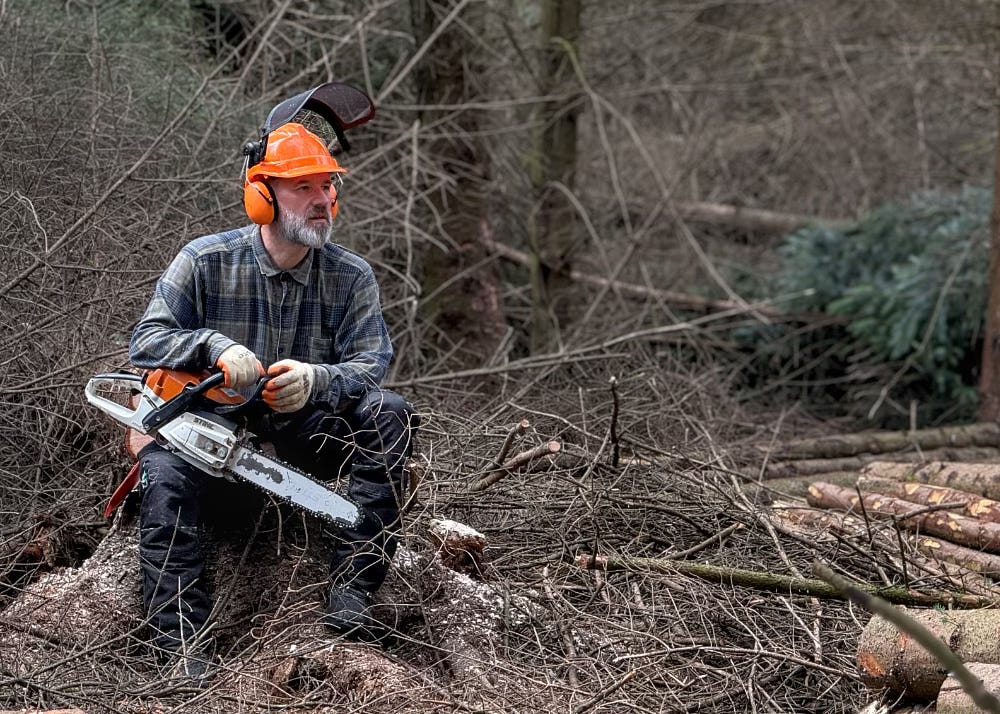
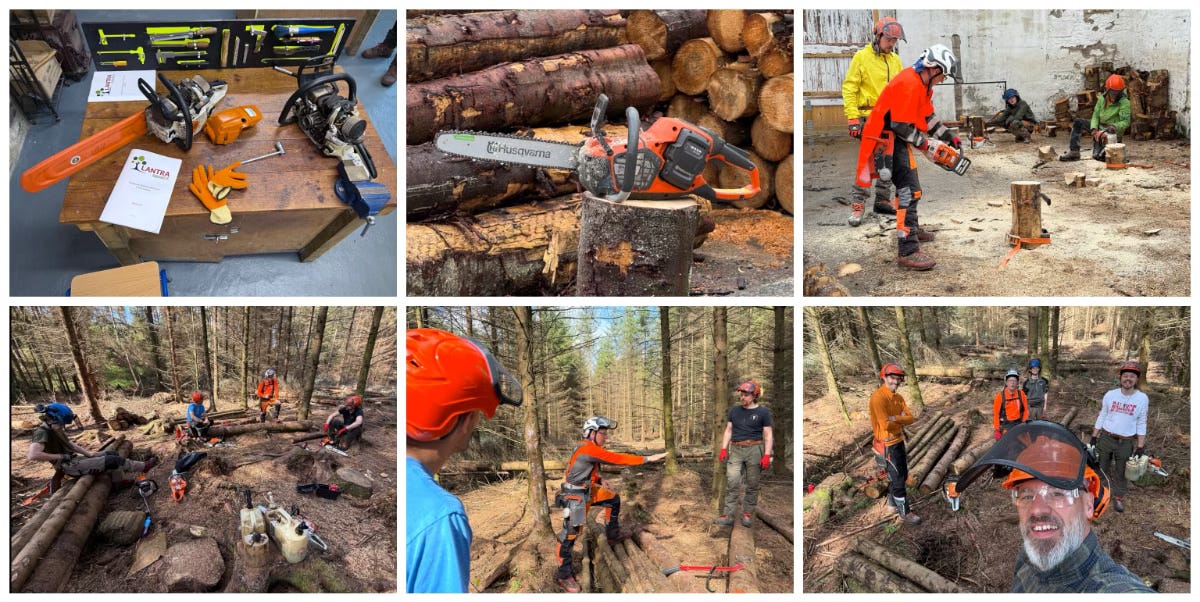

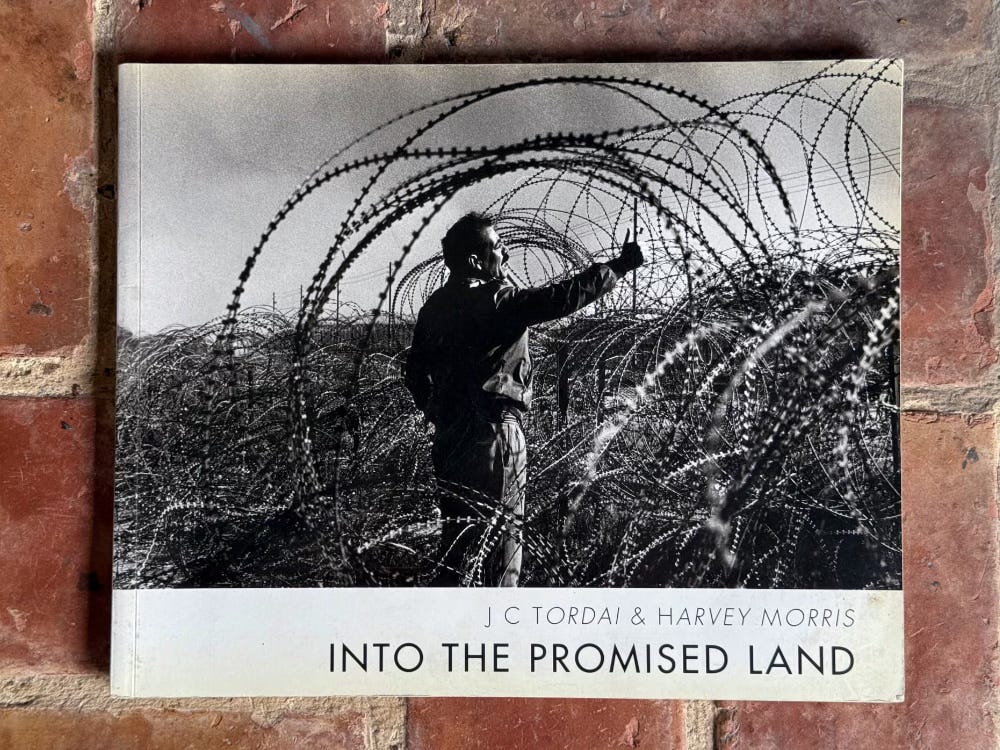

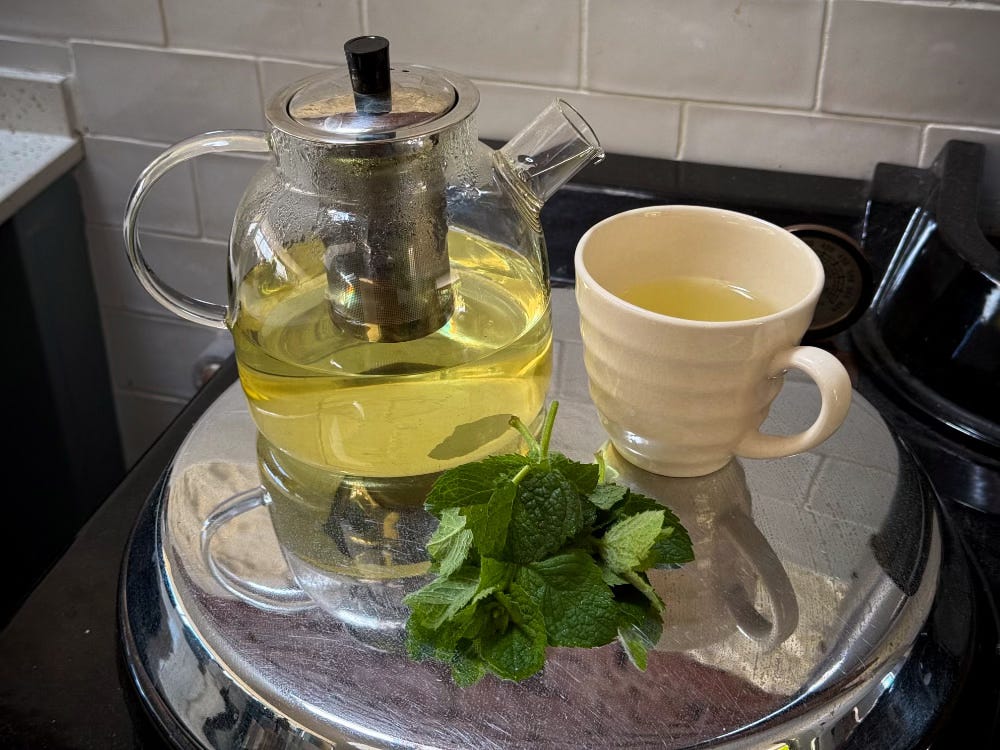
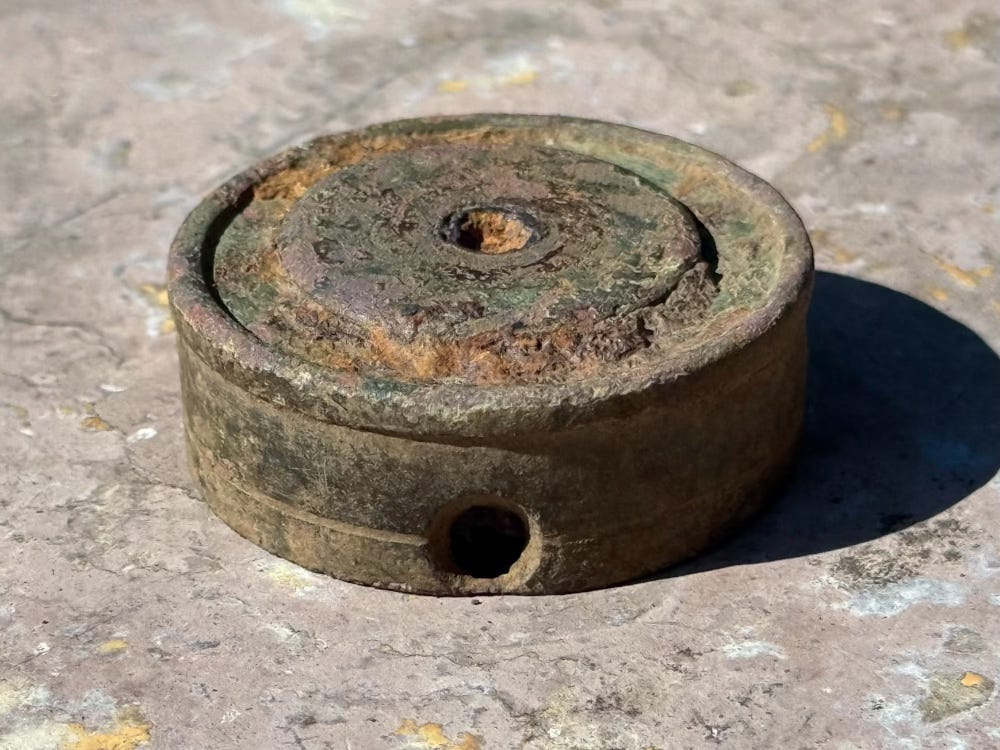
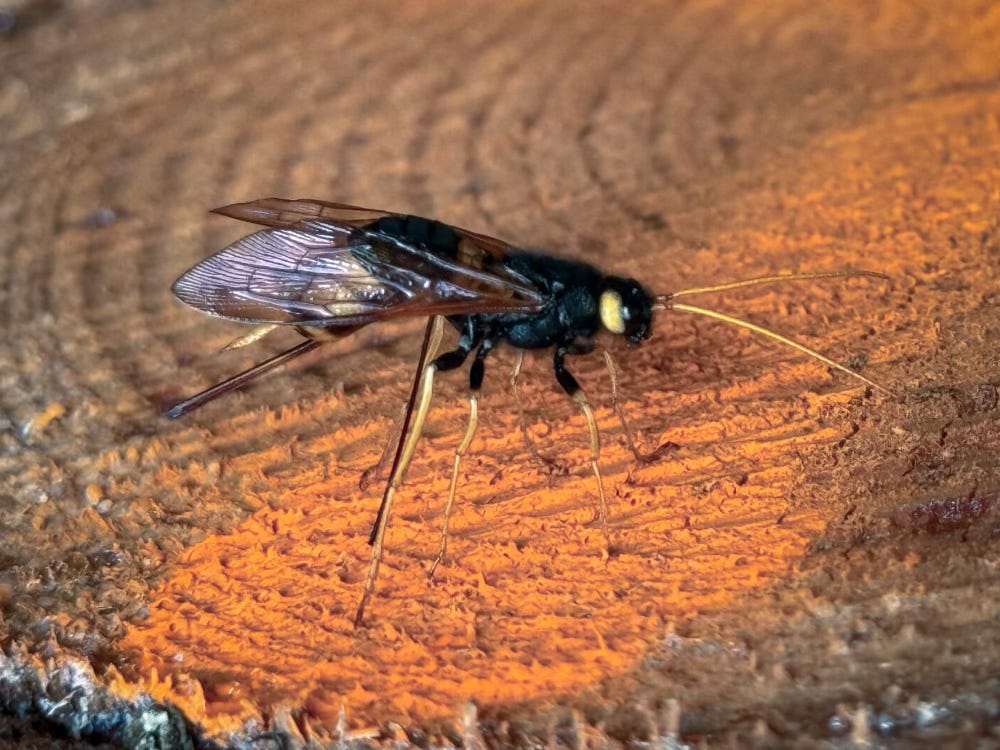
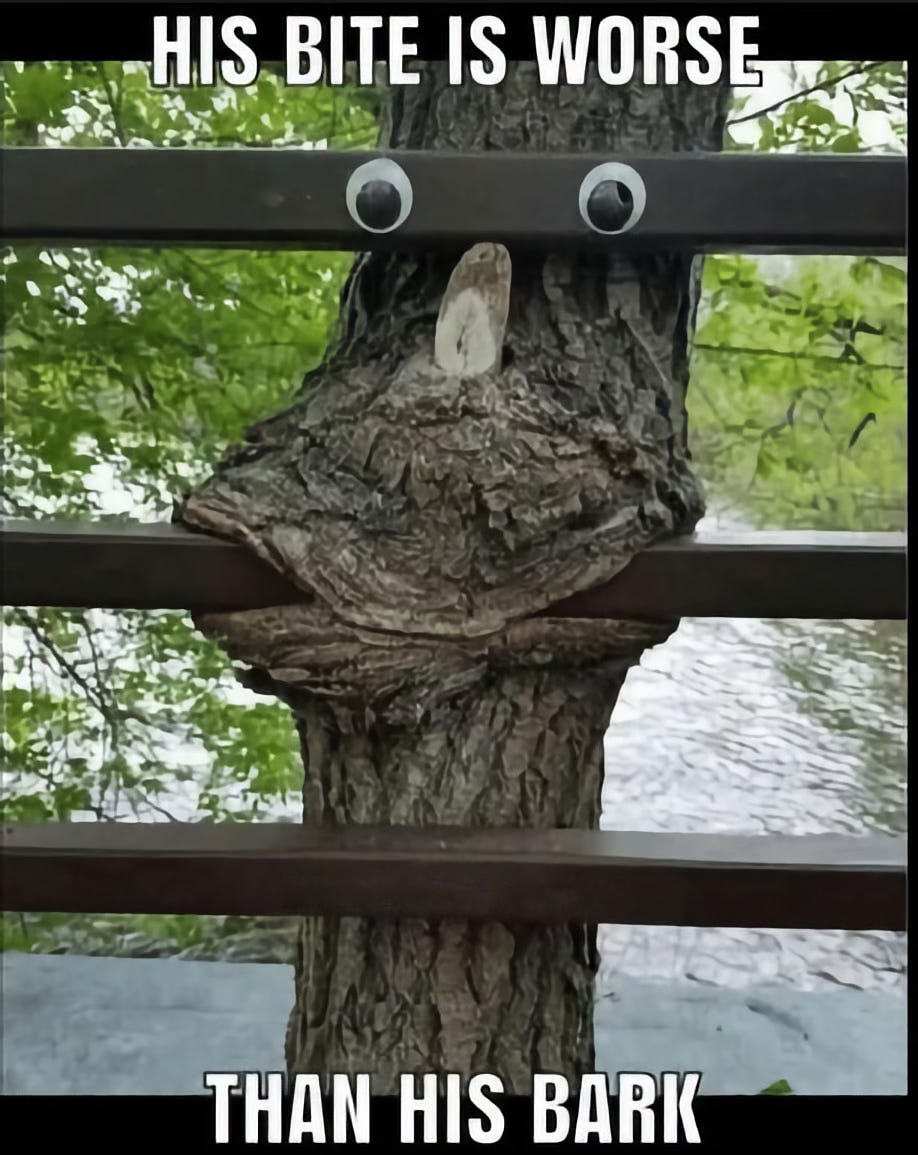
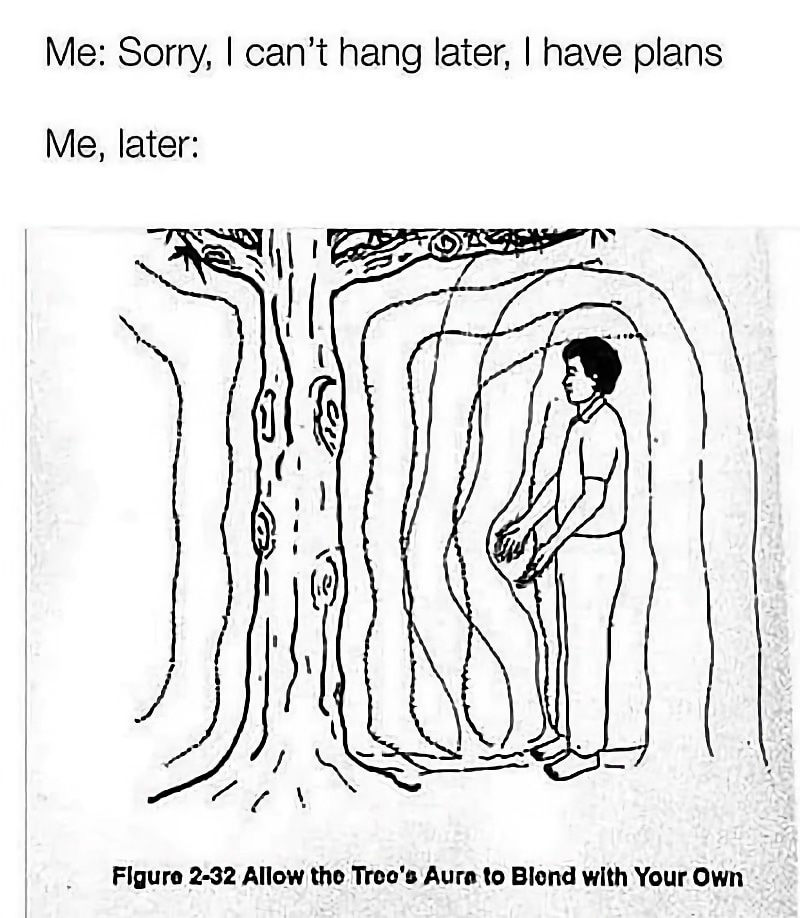
Wow how fun to train as an arborist! If they had such a class in my neck of the woods I'd sign up. And, if you were near here, I'd hire you. I've got some big-uns that need professional attention. I'd even supply the equipment (not safety slacks though, so you'd have to bring your own!).
Just catching up with this weeks edition.
Yes, I’ll be doing #PhotoMonth, I find I’m more drawn to Bluesky than Mastadon even though I’ve been there longer, I don’t get the same interactions.. might just be me lol.